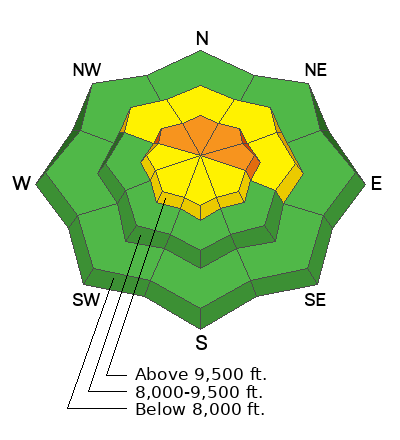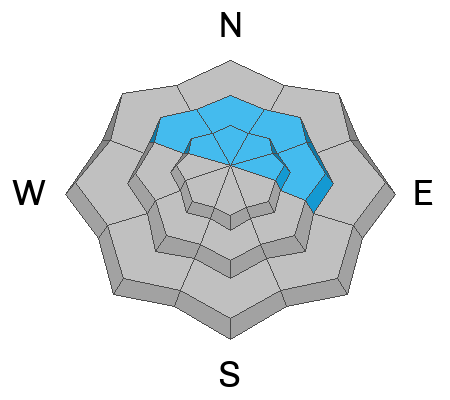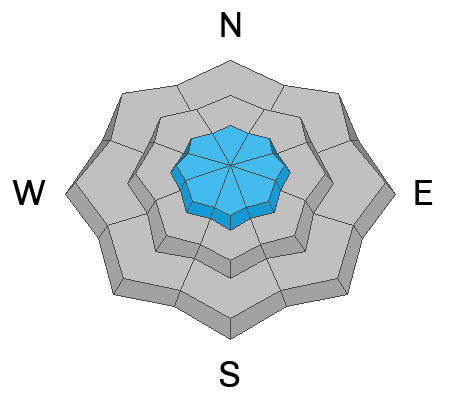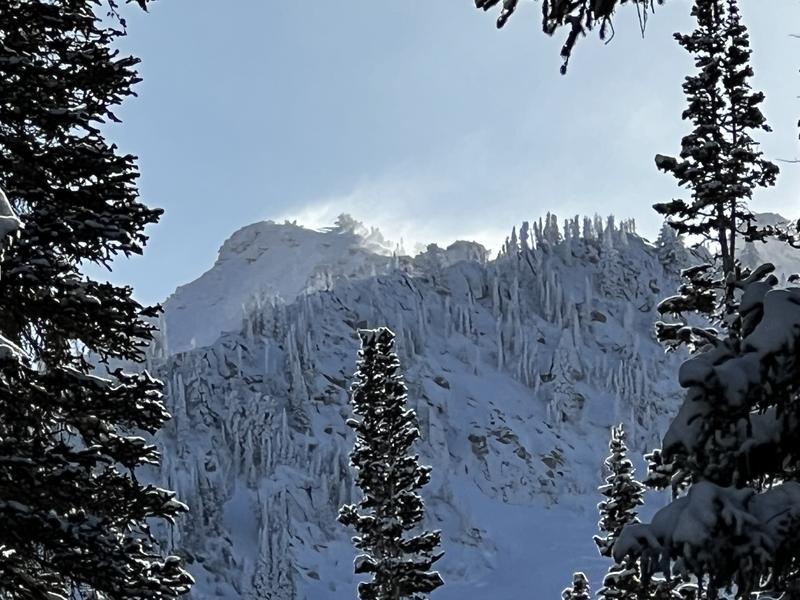Forecast for the Provo Area Mountains

Issued by Nikki Champion on
Thursday morning, January 9, 2025
Thursday morning, January 9, 2025
Avalanche danger is CONSIDERABLE on upper-elevation slopes facing northwest through east, with large, destructive slides possible on a buried weak layer 1–3+ feet deep. Avalanches can be triggered remotely or from below.
Any avalanches triggered in wind-drifted snow could step down to deeper weak layers.
Conditions remain dangerous despite becoming more stubborn. Avoid slopes steeper than 30 degrees with poor snow structure; stick to lower-angled terrain for safer travel and good riding.

Low
Moderate
Considerable
High
Extreme
Learn how to read the forecast here









